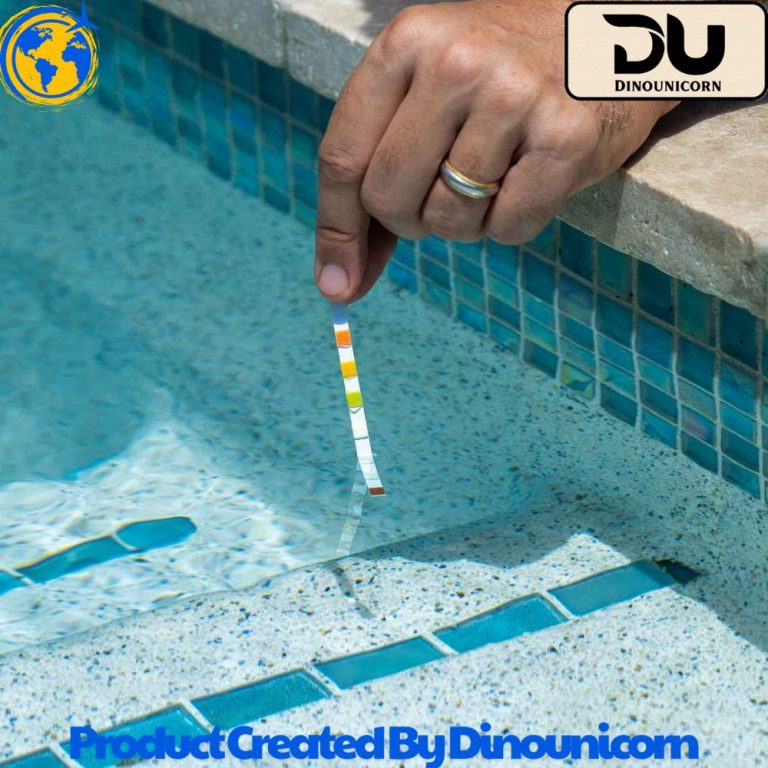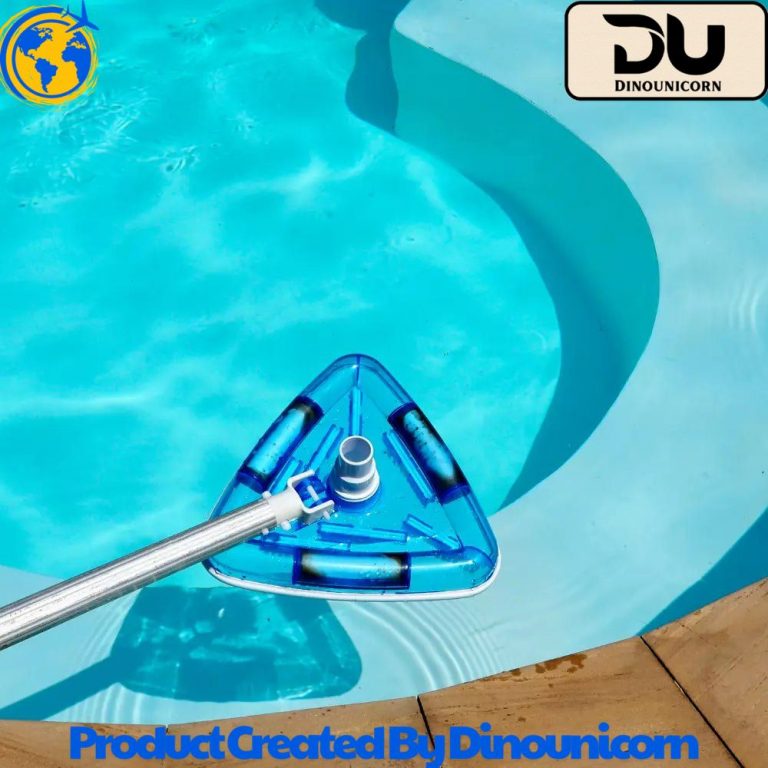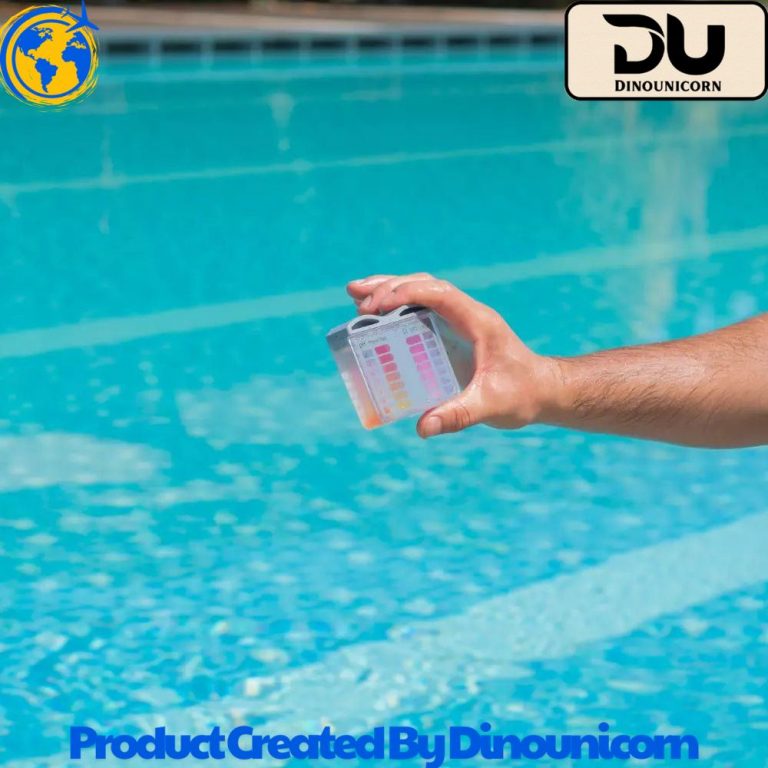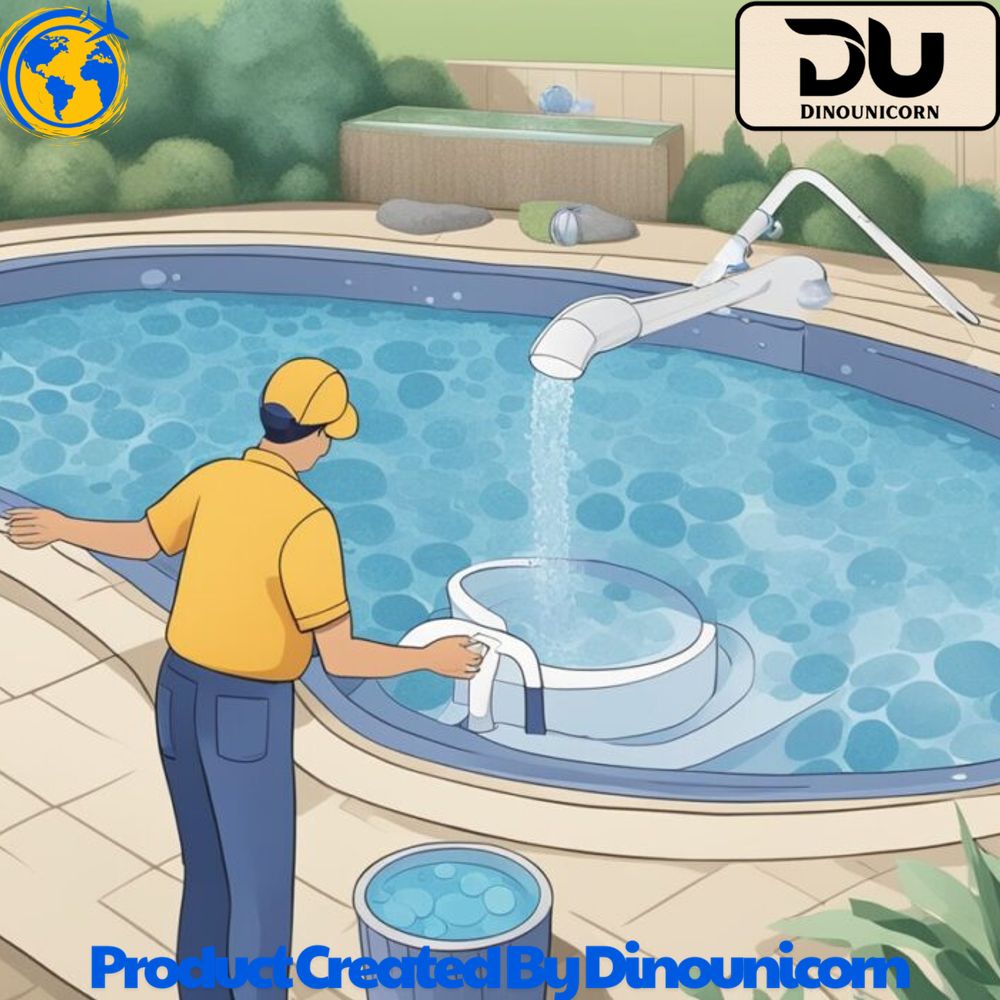Blog
How to Lower Alkalinity in Pool
How to Lower Alkalinity in Pool: A Comprehensive Guide
Managing the alkalinity in your pool is a crucial part of maintaining proper water chemistry. If the alkalinity levels in your pool are too high, it can affect the pH levels and the overall water balance, potentially causing discomfort for swimmers and damaging your pool equipment. In this guide, we’ll discuss how to lower alkalinity in pool water naturally, using chemicals like muriatic acid, and share tips on managing pH levels effectively.
Introduction to Pool Alkalinity and Its Importance
What is Pool Alkalinity?
Pool alkalinity refers to the ability of the pool water to resist changes in pH. It acts as a buffer, preventing the water from becoming too acidic or too alkaline. The ideal range for total alkalinity in a pool is between 80 and 120 ppm (parts per million). When alkalinity in pool water is too high, it can cause a variety of problems such as difficulty adjusting the pH levels and the formation of cloudy water.
Why is Pool Alkalinity Important for Pool Water Chemistry?
Proper pool alkalinity is essential for stabilizing the pH levels. If the alkalinity is too low, the pH may fluctuate rapidly, leading to acidic water that can cause skin irritation, corroded pool equipment, and damage to pool liners. Conversely, high alkalinity can make it harder to adjust the pH, resulting in a pool that’s prone to cloudy water, scaling, and scaling on pool equipment.

How to Lower Alkalinity in Pools
Understanding the Process of Lowering Alkalinity
To lower pool alkalinity, you need to reduce the amount of alkaline substances in the water. This is typically done by adding acid to the pool, which will neutralize the alkalinity. Here are a few effective methods:
How to Lower Alkalinity in Pool Naturally
You can reduce alkalinity naturally by adding muriatic acid or sodium bisulfate. These acids lower the pH and, consequently, the alkalinity. However, it’s essential to add the acid gradually to avoid dramatic fluctuations in the water’s chemistry.
How to Lower Total Alkalinity in Pool Using Chemicals
One of the most common ways to reduce alkalinity in a pool is by using muriatic acid. This strong acid lowers both the pH levels and alkalinity. Make sure to dilute the acid and add it slowly, testing the water in between applications to avoid over-adjusting.
Pool Maintenance Tips for Lowering Alkalinity
Maintaining pool alkalinity requires regular monitoring of pool water chemistry. Follow these tips to keep your pool’s alkalinity in check:
- Test your water regularly to track alkalinity and pH levels.
- If the alkalinity is high, lowering alkalinity may take several adjustments over a few days or weeks.
- Always adjust the pH level after lowering the alkalinity.
Best Way to Lower Alkalinity in Pool: Step-by-Step Process
- Test the Pool Water: Begin by testing the pH and alkalinity using a pool test kit. This will give you an idea of how much adjustment is needed.
- Dilute the Acid: If you are using muriatic acid, dilute it in water according to the manufacturer’s instructions.
- Add the Acid to the Pool: Slowly add the diluted acid to the pool, starting at the deep end and pouring it in front of the return jets.
- Allow Time for Mixing: After adding the acid, run the pool’s circulation system for several hours to mix the solution into the water.
- Retest and Adjust: After a few hours, test the alkalinity and pH again to see if the desired levels have been reached. If not, repeat the process.

Balancing Alkalinity and pH in Pool Water
Understanding Alkalinity and pH Levels
Alkalinity and pH are closely related, but they are not the same. The pH level refers to the acidity or alkalinity of the water, while alkalinity refers to the water’s buffering capacity. Balancing alkalinity and pH in pool water is crucial for optimal swimming conditions and pool equipment longevity.
How to Balance Pool Alkalinity and pH
- Lowering Alkalinity: First, reduce alkalinity if it’s above the ideal range of 80-120 ppm.
- Adjusting pH: After lowering the alkalinity, adjust the pH to the ideal range of 7.4-7.6 using sodium carbonate or pH increaser.
- Testing Regularly: Regular pool water testing is essential for ensuring the alkalinity and pH remain balanced.
Troubleshooting Common Pool Alkalinity Issues
Problems Caused by High Alkalinity
High alkalinity can cause several issues in your pool:
- Cloudy water: High alkalinity can prevent the pool’s pH from being adjusted properly, leading to cloudy water.
- Scale formation: Elevated alkalinity levels can cause mineral deposits to form on the walls and floor of the pool, damaging surfaces and equipment.
Signs Your Pool Needs Alkalinity Adjustment
- Inconsistent pH readings: If your pool’s pH fluctuates despite adding acid or pH increasers, high alkalinity may be the cause.
- Cloudy or murky water: High alkalinity can lead to cloudy water, even with proper filtration.
Reducing Pool Alkalinity: When to Raise vs. Lower Alkalinity
Sometimes, it’s necessary to raise alkalinity in a pool. This is typically done if the alkalinity falls below the ideal range, causing the pH levels to become unstable. However, when alkalinity is too high, it’s essential to lower it to maintain proper water balance.
Should You Lower or Raise Alkalinity in Your Pool?
- Lower alkalinity if it exceeds 120 ppm.
- Raise alkalinity if it falls below 80 ppm.
Forum Insights: Community Advice on Lowering Alkalinity in Pools
Many pool owners seek advice from forums and online communities about reducing pool alkalinity. Common discussions include:
- Best practices for lowering alkalinity naturally.
- Forum threads discussing the use of muriatic acid versus other chemical treatments.
- Tips on maintaining balanced pool water chemistry in extreme climates or during the off-season.

Frequently Asked Questions (FAQs)
How do I know if my pool’s alkalinity is too high?
You’ll notice problems like cloudy water or difficulties adjusting the pH levels. If alkalinity readings are above 120 ppm, it’s too high.
Can I lower alkalinity in my pool without chemicals?
Yes, lowering pool alkalinity naturally is possible through water dilution (partially draining the pool and refilling it with fresh water).
What happens if I lower alkalinity too much?
If you reduce alkalinity too much, the pool’s pH levels may become unstable, causing acidic water that can irritate skin and damage pool surfaces.
How long does it take to lower pool alkalinity?
It may take several hours to days, depending on how much acid you need to add. After each adjustment, retest the water before proceeding with further changes.
Is muriatic acid the only option to lower alkalinity?
No, other options include sodium bisulfate or hydrochloric acid, but muriatic acid is the most commonly used.
Conclusion: Maintaining Balanced Alkalinity in Your Pool
Maintaining balanced alkalinity and pH levels is essential for a healthy, well-maintained pool. Regular testing and careful adjustments, especially using muriatic acid or other chemical treatments, are key to lowering alkalinity safely and effectively. By following the tips and techniques outlined in this guide, you can ensure your pool remains in top condition, providing clear, safe water for swimming.
 Skip to content
Skip to content

